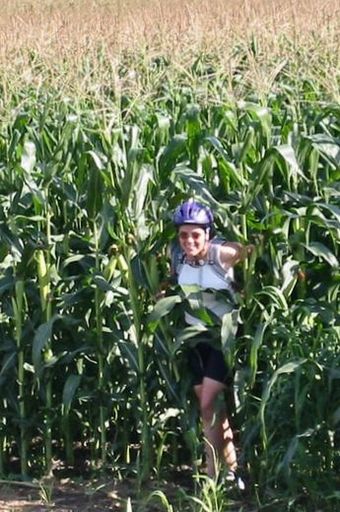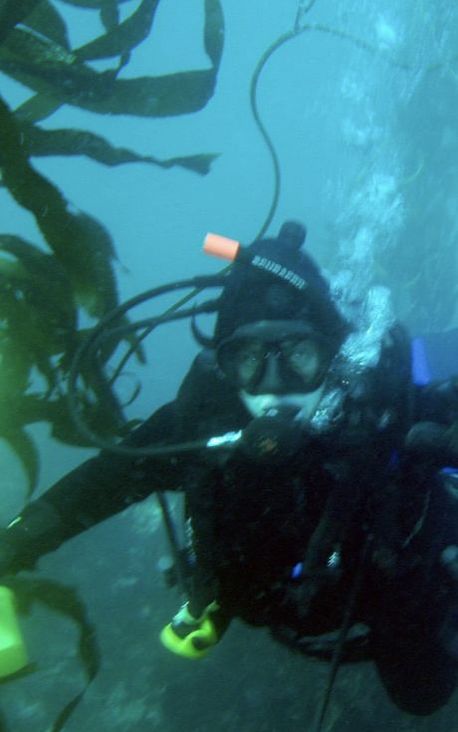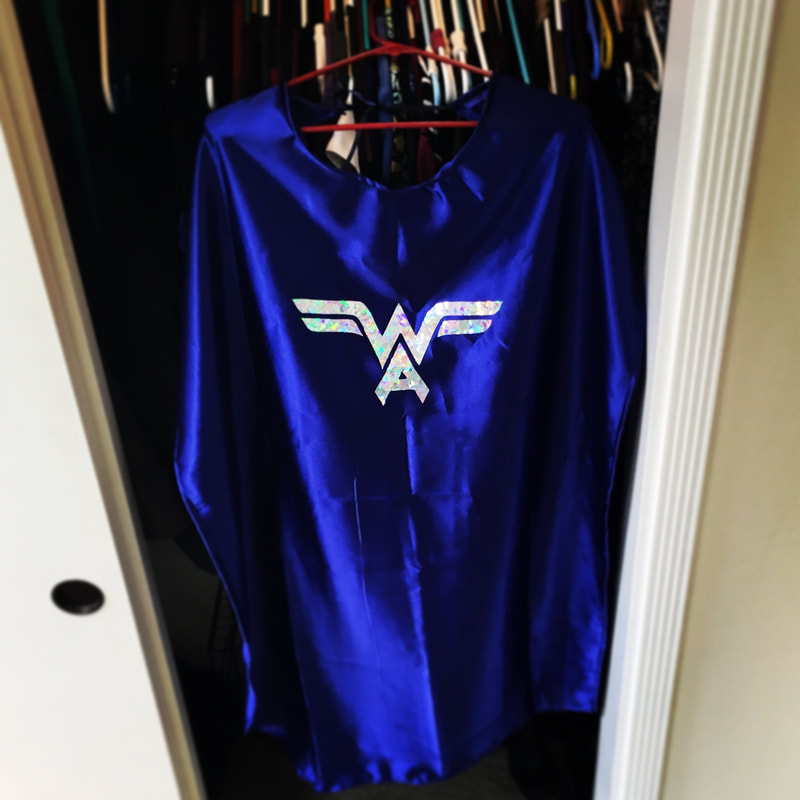I’m Kristin Aquilino, and I used get out of bed every day to save an endangered sea snail. I recently transitioned into a new role as UC Davis Bodega Marine Laboratory's Associate Director, so updates to this page are coming soon!
|
Officially, I’m an Academic Administrator at University of California, Davis Bodega Marine Laboratory, directing the white abalone captive breeding program. Unofficially, I run a highly specialized fertility clinic, health spa, and nursery for charismatic snails. We’re trying to save the white abalone — a delicious and adorable marine mollusk — from the brink of extinction. I collaborate with other scientists, Native people, state and federal agencies, aquariums, and aquaculture farmers who are all trying figure out the best way to get the abalone in the mood to boost their numbers.
|
|
Hailing from Iowa, I feel equally at home among rustling rows of corn and towering forests of kelp. I graduated with comprehensive honors with a Bachelor of Science degree in Zoology and a certificate in Environmental Studies from University of Wisconsin - Madison in 2005 and earned a PhD in Population Biology from University of California, Davis in 2011, after which I joined the white abalone captive program at UC Davis Bodega Marine Laboratory.
|
|
I was incredibly honored to recently received the NOAA Species in the Spotlight Hero Recognition Award for my work saving white abalone (compete with hand-made White Abalone Hero Cape, which I proudly hang in my office to remind me of all of the amazing people I get to collaborate with on this project). I have a strong interest in forming meaningful and robust connections among science, restoration, aquaculture, and tribal knowledge, as well as communicating science to a broad audience. I also feel incredibly fortunate to get to dedicate my life to something I love.
|
Because I’m often asked questions about what I do and how I got here, I’ve compiled my answers to some common questions below.
How does a kid from Iowa grow up to be a scientist trying to save an endangered sea snail?
Growing up so far from the ocean, I had never even heard of an abalone for the first two decades of my life. However, I have always had a passion for being outdoors and wondering how the natural world works, catching and releasing frogs in pond near my house, and harvesting morel mushrooms from the woods out my back door. The outdoors is where I would turn to find answers to all of life's struggles and mysteries. I was fortunate to participate in laboratory and field research as an undergraduate at University of Wisconsin, Madison, as well as spend a semester abroad in Costa Rica. These kinds of immersive, hands-on experiences cemented my desire to discover nature through science. The interdisciplinary quality of my current work coalesces much of my scientific training in ecology, population biology, and endangered species reproduction, and also allows me to exercise my skills in administration, program development, fundraising, and facilities management. Looking back, it’s surprisingly sensible to see how this kid from farm country grew up to farm an iconic marine snail, and I continue to try to make sense of the world through my work.
What makes you so passionate about your work?
Where do I begin? There is certainly a sense of purpose that comes with trying to correct past mistakes, including those that caused the severe depletion of a species. We humans were responsible for the decline of white abalone, and I believe that we have a responsibility to save them. But at the heart of what fuels me is the ability to inspire people to recognize value in the natural world, and especially through the lens of science. I love helping people realize the importance of the natural world to human well-being, as well as the importance of science to the decision-making that improves quality of life. I also love inciting wonder and a sense of belonging in the natural world. For example, few things bring me more joy than showing someone an abalone’s beady, black eyes for the first time and hearing an exclamation like, “Oh! It has a face!” Efforts to save an endangered species allows for an excellent opportunity to engage in meaningful communication about human's role on this planet and how science, communication, and collective effort can shape that role. I am particularly inspired by good science communication: It makes the universe smaller and bigger all at once. It brings new and accurate information new general audiences, bolsters a stronger understanding of the research process and its relevance to human society, and provides context to the human existence. It makes kids from Iowa — like me — identify with sea snails, and kids from San Francisco value the loess prairie. I enjoy sharing my research through social media, video production, science outreach seminar series, and K-12 education. Although this outreach represents a portion of my time, it brings me a great deal of joy, and I think it's one of the most important things that I do.
I also genuinely enjoy my colleagues. It is incredibly inspiring to be surrounded by so many amazing scientists, aquarists, aquaculture farmers, policy makers, and volunteers, all dedicated to making this world a better place.
What is a typical workday for you?
My first priority is always making sure our endangered white abalone are the most pampered snails in the world – animals that aren’t thriving tend to not reproduce as well, and we need to optimize reproduction to restore this species. Fortunately, we have a fantastic team of staff taking care of our abalone and making sure their daily routine reads like a Sonoma County spa retreat.
My primary role in the White Abalone Recovery Program is to figure out the most effective and efficient way to make a whole lot of healthy baby white abalone as quickly as possible. I essentially run a very specialized fertility clinic for them. To accomplish recovery goals for white abalone, a huge amount of collaborative effort is required, and a large part of my role is to enhance communication and facilitation among partner groups to optimize results. Strengthening the collaboration among white abalone partner institutions has been the thing I am most proud of during my time with the recovery program. I think that our concerted effort is the single thing that has most contributed to the increase in captive production over the past decade.
Do you think white abalone can be recovered? What might that look like?
Yes. I absolutely think white abalone can be recovered. One of the great things about restoring this species is that their habitat is relatively intact. If we can make enough white abalone in captivity and figure out the best way to place them back into the wild with enough surviving to produce the next generation, this should be a relatively easy species to save.
Above all, I would be thrilled to see a self-sustaining wild population of white abalone sometime in my lifetime. I wish this for all our US abalone species. Members of my family grew up sport diving for red abalone on the northern coast of California, and we looked forward to taking our children abalone diving with us. Abalone are very tied to the identity of many of the people living on the US Pacific coast, and I would love to see this cultural, economic, and ecological resource thrive for future generations.
Beyond that, I it would be amazing to see farm-raised white abalone on restaurant menus someday. Many people remember white abalone as being the most tender of all US abalone species. It would be wonderful to enjoy these prized animals as a healthy and sustainable food source in parallel to restoring wild populations.
Even more broadly, there is a growing recognition that the further development of sustainable aquaculture is necessary to both restore depleted species and habitats and to feed our increasing global population that is increasingly consuming animal protein. Science and science communication will play critical roles in providing innovation and management tools to improve the security of our natural and commercial marine resources, especially in light of the uncertainties imposed by climate change.
What advice would you give others about pursuing careers in STEM?
Chase the things you love. Challenge yourself with new experiences. Reach forward with one hand to seek the experience and wisdom of your predecessors, reach back with the other to facilitate those who follow you, and with both hands reach around yourself to find ways to include those who have been historically excluded. Above all, surround yourself with supportive people.




